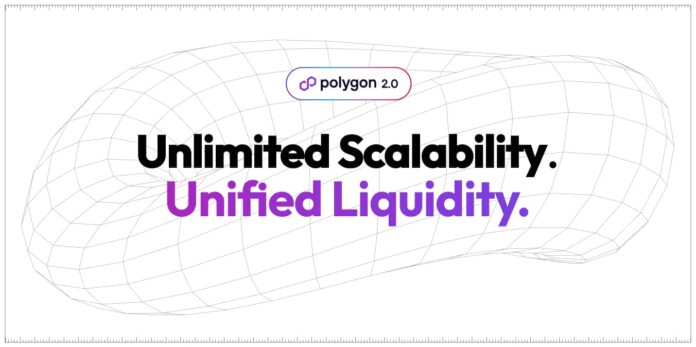Polygon, the leading Layer-2 scaling solution for Ethereum, has recently undertaken a transformative polygon upgrade, transitioning its native cryptocurrency from MATIC to the new POL token. This strategic move, driven by extensive community consensus and deliberation, marks a significant milestone in Polygon’s network evolution, paving the way for the network’s ambitious “Polygon 2.0” vision.
Understanding the MATIC to POL Upgrade
The token migration from MATIC crypto to polygon POL, which was finalized on September 4th, 2024, is more than just a token rebranding. It represents a fundamental shift in the token utility and role within the Polygon crypto ecosystem. The POL token has now become the network’s primary native gas token and staking token, replacing the previous polygon MATIC token.
Interesting Read: 96% of NFTs Declared Dead Amid Market Instability: Report
Enhancing Community Participation
A key objective of this community-driven upgrade is to better enable the Polygon community to participate in the network’s growth and development. With the introduction of a 2% annual POL emission rate for POL, the community now has the opportunity to actively engage in the ecosystem through various initiatives, such as the community treasury grants program.
Transitioning to a ‘Hyperproductive’ Token Model
One of the most significant aspects of the POL upgrade is the token’s transformation into a “hyperproductive token” asset. Unlike matic coin, which was limited to earn token fees from gas and polygon matic staking, POL is designed to generate revenue from a broader range of activities within the Polygon network, providing expanded utility.
Diversifying Revenue Streams
The POL token will now be able to earn fees from additional actions, such as staking to secure data availability or decentralizing a sequencer. This diversification of revenue streams positions POL as a more versatile and valuable asset, with the potential to outperform the traditional gas-fee-based token model exemplified by Ethereum’s ERC-20 tokens.
Integrating POL into Polygon’s AggLayer
The new POL token will also play a crucial role in Polygon’s AggLayer, a cross-chain transactions interoperability protocol aimed at connecting siloed blockchains. By embedding POL within the AggLayer, Polygon is further strengthening the token’s utility and its position as a central component of the aggregated blockchain network infrastructure.
Polygon 2.0: Towards Infinite Scalability
The polygon bridge matic to POL upgrade is a crucial step in Polygon’s broader vision for Polygon 2.0 release date, which aims to provide “infinite blockchain scalability” by unifying all blockchains, including Layer-1 networks like Ethereum and Bitcoin. This ambitious goal is being pursued through the development of the Polygon CDK (Crypto Development Kit) and the AggLayer, which will serve as the foundation for this unified blockchain interoperability ecosystem.
Seamless Migration Process
For existing matic coin holders, the migration process is designed to be seamless. All staked MATIC will be automatically converted to POL in a 1:1 migration, and users on the Ethereum mainnet, Polygon zkEVM, and centralized exchanges will have the option to upgrade their tokens without a hard deadline via the Polygon Portal interface.
Polygon’s Community-Driven Approach
The decision-making process behind the MATIC to POL upgrade was heavily influenced by Ethereum’s culture of decentralized governance, as detailed on the polygon blog. The transition was the result of nearly two years of community-driven discussions, involving multiple iterations of Polygon Improvement Proposals (PIPs) and Polygon Protocol Governance Calls (PPGCs).
Polygon’s Thriving Ecosystem
The Polygon PoS chain currently hosts a thriving ecosystem of decentralized applications, including Polymarket, the liquidity layer for prediction markets Azuro, and various gaming platforms that utilize smart contracts. The integration of POL is poised to further bolster the network’s growth and adoption, especially with the upcoming launch of zkEVM for enhanced scalability.
In conclusion, Polygon’s transition from MATIC to POL represents a transformative milestone in the network’s evolution. By enhancing community participation, diversifying revenue streams, and aligning with the Polygon 2.0 vision, this upgrade positions POL as a “hyperproductive” token that will play a pivotal role in Polygon’s quest for infinite scalability and blockchain aggregation.
Disclaimer: The information provided in this article is for informational purposes only and does not constitute financial advice. Investing in cryptocurrencies involves risks, and readers should conduct their own research and consult with financial advisors before making investment decisions. Hash Herald is not responsible for any profits or losses in the process.













